Just thanks to a pack of noodles, a shocking grave robbery case was discovered that turned out to be true. The story below is proof.
In April 1994, a serious robbery of antiquities in Jingmen City, Hubei Province (China) shocked the country. Specifically, in Guodian Village, Jishan Town, Shayang County, Hubei Province, in a rapeseed field, about 1 km west of the national highway, there was a large hole with a diameter of more than 1 meter on the ground.
When local people passed by, they discovered this hole and then informed the village cadres.
Because it is located in a place with very important cultural relics, the village officials and people here are always on alert, so they quickly reported the incident to the town police. The functional forces along with archaeologists were quickly dispatched to the scene.
It turned out that this hole was a tunnel dug to the tomb named Guo Jiagang No. 1.
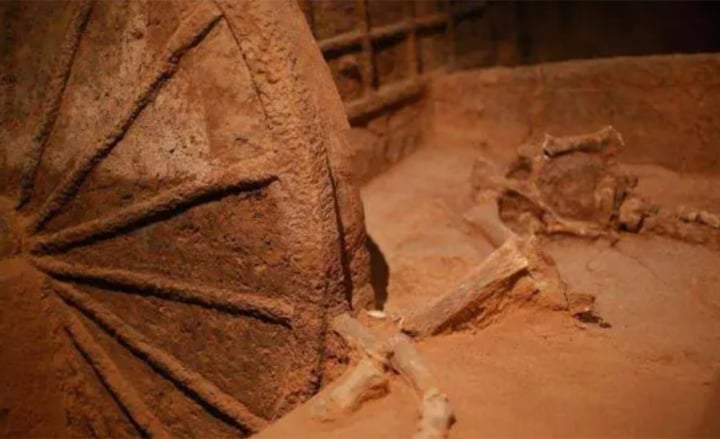
The accidental discovery of a package of instant noodles in an ancient tomb helped archaeologists discover the anomaly.
1994 Noodle Package Reveals Important Clue
Upon arriving at the scene, despite the muddy ground, the experts entered the tunnel more than 5 meters deep leading to the ancient tomb. The first thing the archaeologists saw was a red object. It turned out to be a pack of instant noodles. When looking at the production date of the noodle pack in 1994, an expert immediately shouted: "It's broken, it was left behind by a thief". The expert's shout surprised everyone, including the police force.
Sure enough, when they entered the ancient tomb, they discovered that every corner of the ancient tomb had been destroyed by thieves. Experts also found pieces of silk, broken porcelain, and fragments of coffins.
However, the most outrageous thing was the well-preserved skeleton of a noblewoman from the Warring States period of Chu. The thieves brutally pulled out her hair, stripped off her silk clothes, tied a rope around her neck, dragged the 2,400-year-old skeleton across the ground, and finally buried her in a muddy pit more than 30 meters from the tomb. The value of the relics in this tomb is incalculable, experts said.
Realizing the seriousness of the case, a special task force of more than 10 people was established. Later, the police finally identified the group of thieves of the tomb No. 1 of Guo Jiagang, led by nearby residents named Li Yihai and Guo Shouping.
Authorities in Sa Duong district arrested all 23 grave robbers and recovered more than 20 valuable cultural relics. According to the tomb robbers' testimony, from February 1994 until the police found the remains of the 2,400-year-old noblewoman, the remains had been buried in the mud pit for 39 days.
When found, the body was badly damaged, its delicate silk clothes were stolen, its skin had turned black from being covered in mud for a long time, its hands and feet were damaged, and its hair was also pulled out quite a bit. Notably, around the neck of the skeleton was still a rope left by the grave robbers. This made the people present there both sad and angry.
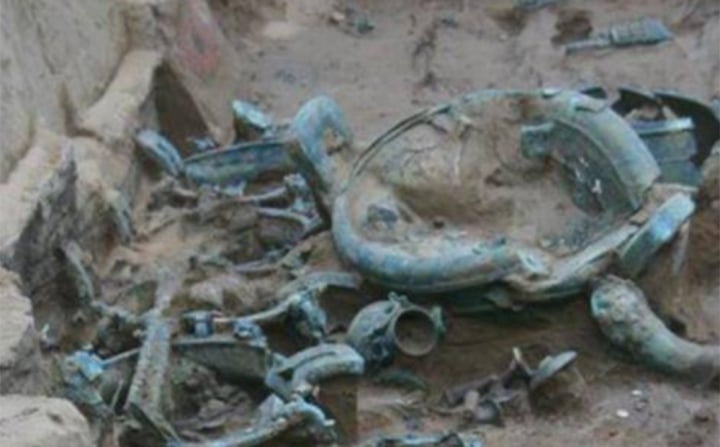
Many antiques and cultural relics from more than 2,000 years ago were destroyed and seriously damaged by tomb robbers.
Rare 2,400 year old treasure
Upon receiving the news, the National Administration of Cultural Heritage sent 26 archaeologists to identify the remains in the ancient tomb believed to be from the Warring States period. According to experts, the body of the 1.62 meter tall noblewoman had not completely decomposed and her skin was still elastic, and her joints could still stretch after 2,400 years.
Some experts have called the remains of this 2,400-year-old woman a "rare national treasure" with extremely high historical, scientific and artistic research value.
Therefore, this may be the oldest skeleton in China discovered in a fairly complete state in terms of appearance. If it had not been destroyed by tomb robbers, the remains of this noblewoman would not have been damaged so much.
With the cooperation of the police and local people, the tomb robbers were arrested. On May 23, 1995, the Hubei Provincial Higher People's Court issued the final verdict for the tomb robbers. The ringleader Guo Shouping, Li Lixin, and Li Hua were all sentenced to death. The other ringleader, Li Yihai, had been on the run for more than 20 years and was finally arrested in 2017. This tomb robbery case was officially closed after 23 years.
The authorities have solved the tomb robbery case. A total of 24 people, including the ringleaders and participants, have been arrested, and cultural relics have been recovered. However, the remains of the noblewoman and many important cultural relics in the Warring States period tomb have been damaged and destroyed, which has become a regret for the archaeology community.
To this day, the remains of the Warring States period woman are still preserved at the Jingmen City Museum, Hubei Province.
Hubei is the cultural center of Chu State, a vassal state of Zhou Dynasty during the Spring and Autumn and Warring States period, with many historical and cultural relics. Hubei Province has more than 15,000 cultural relics, including 20 national key cultural relics protection units and 154 provincial cultural relics protection units.
(Source: Vietnamese Women)
Useful
Emotion
Creative
Unique
Wrath
Source


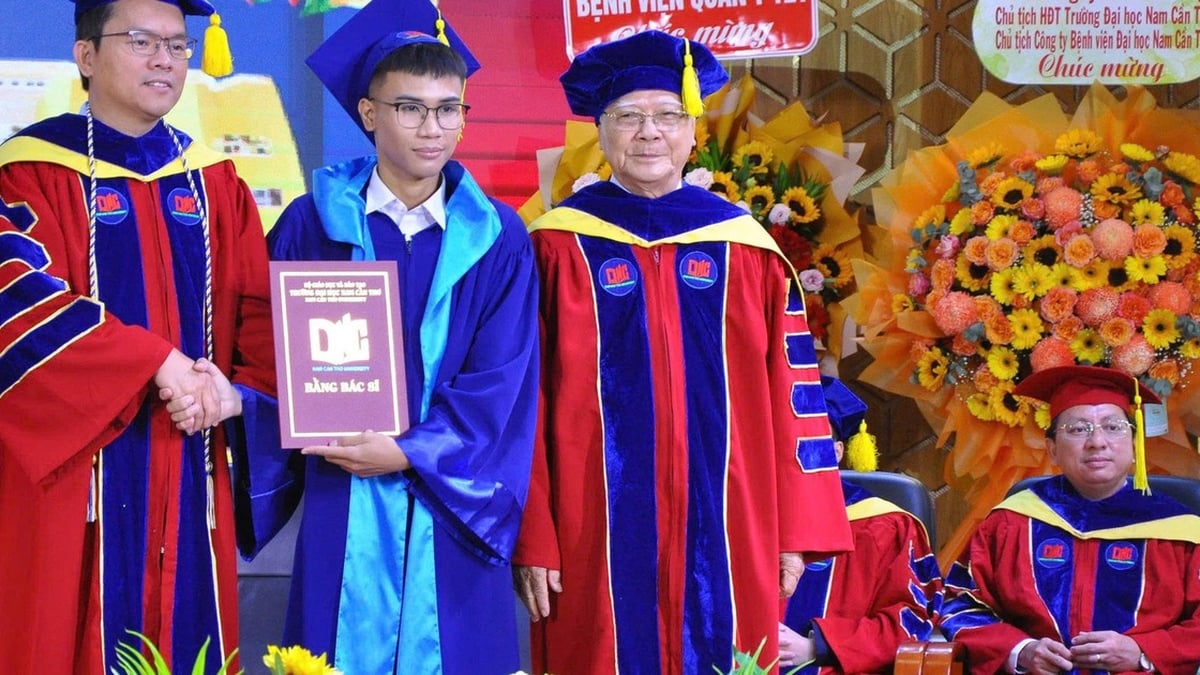

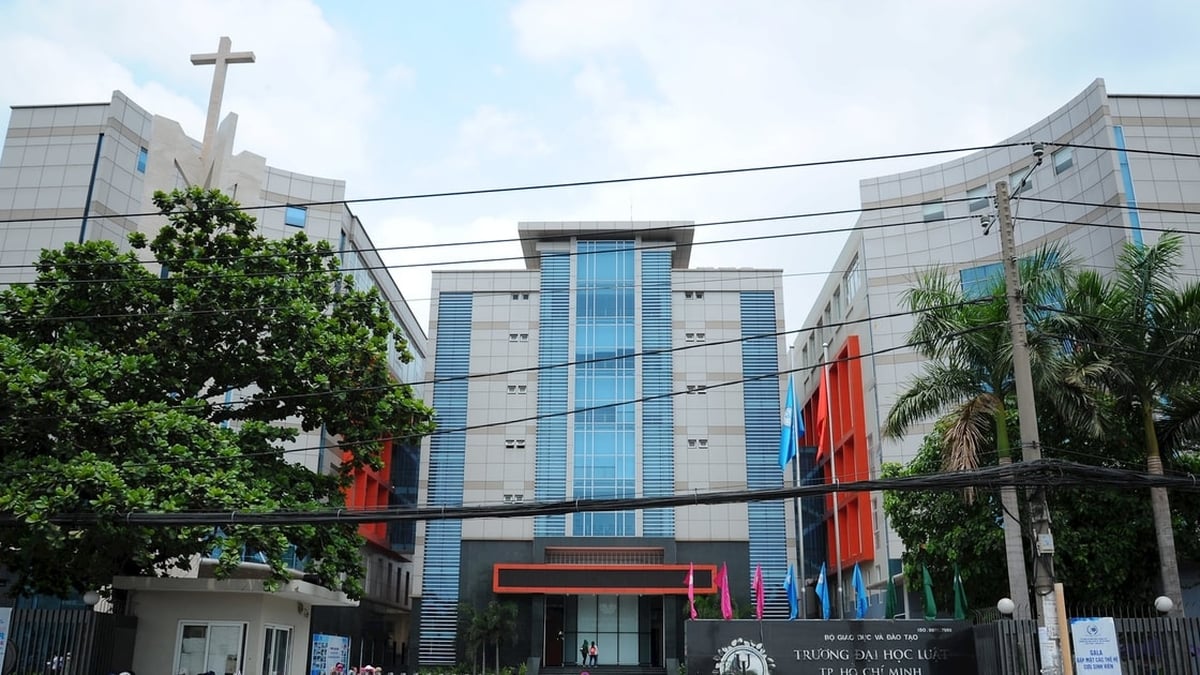

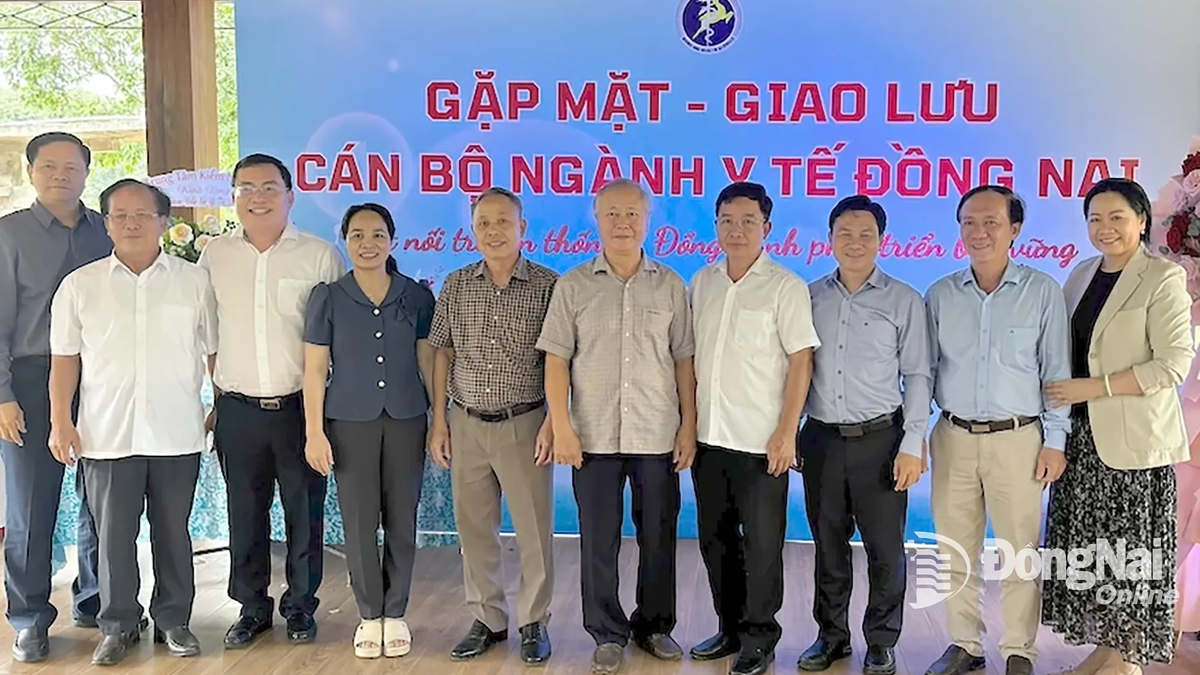
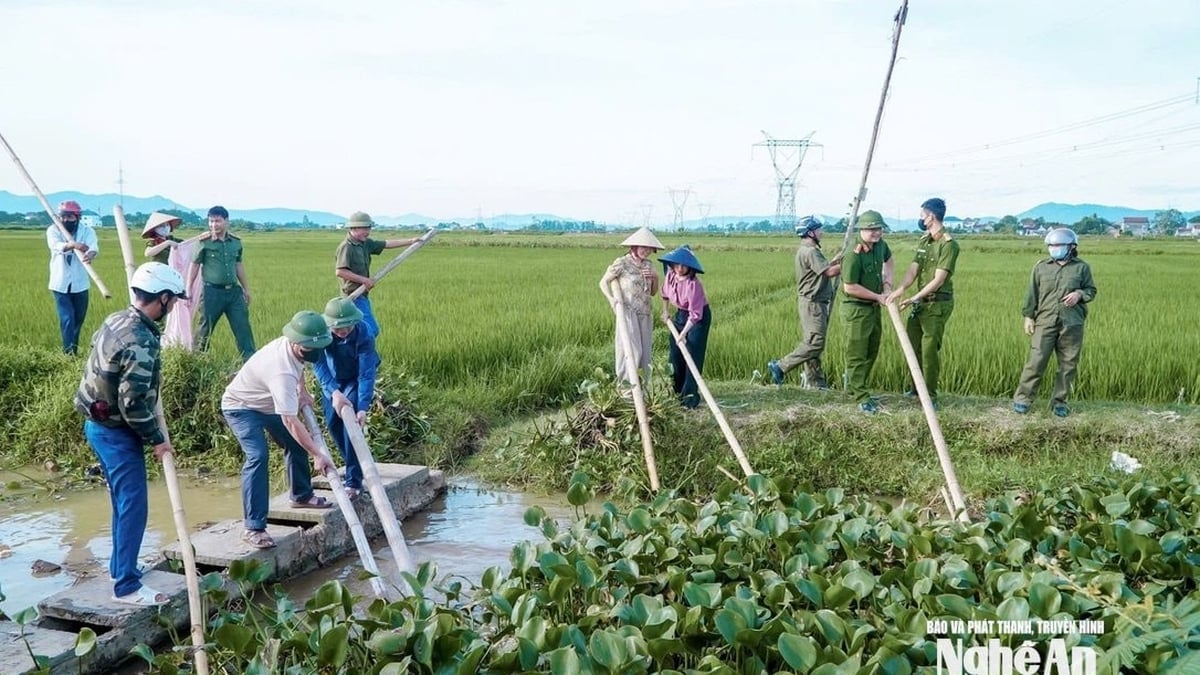
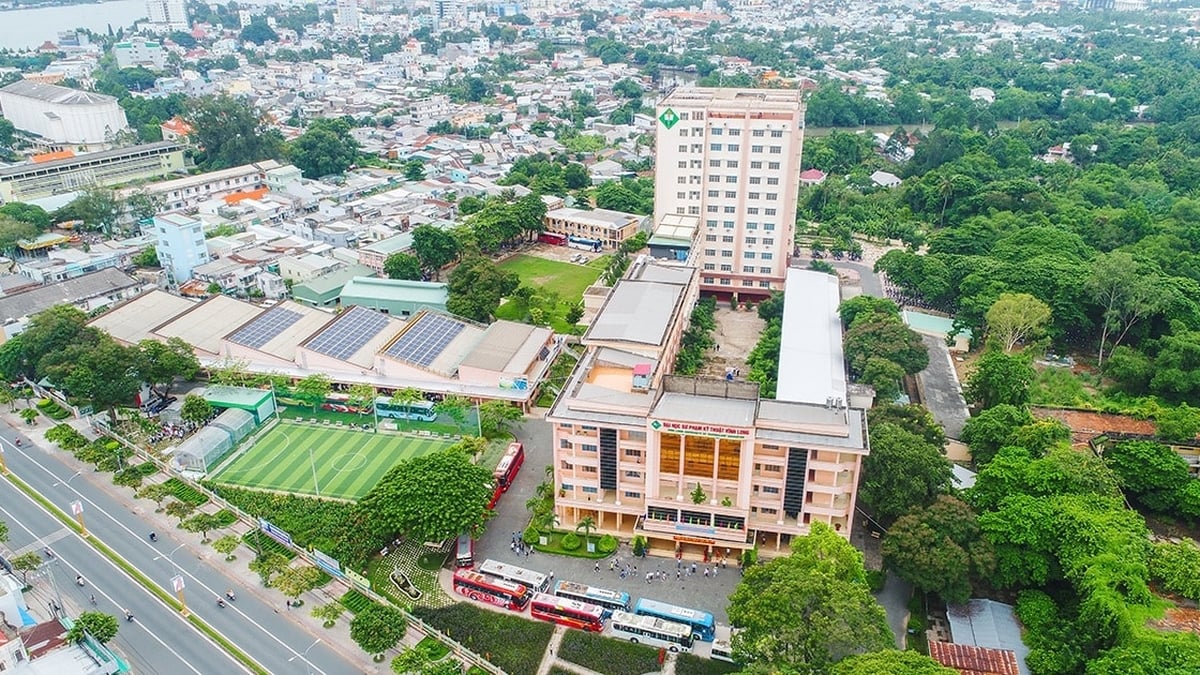


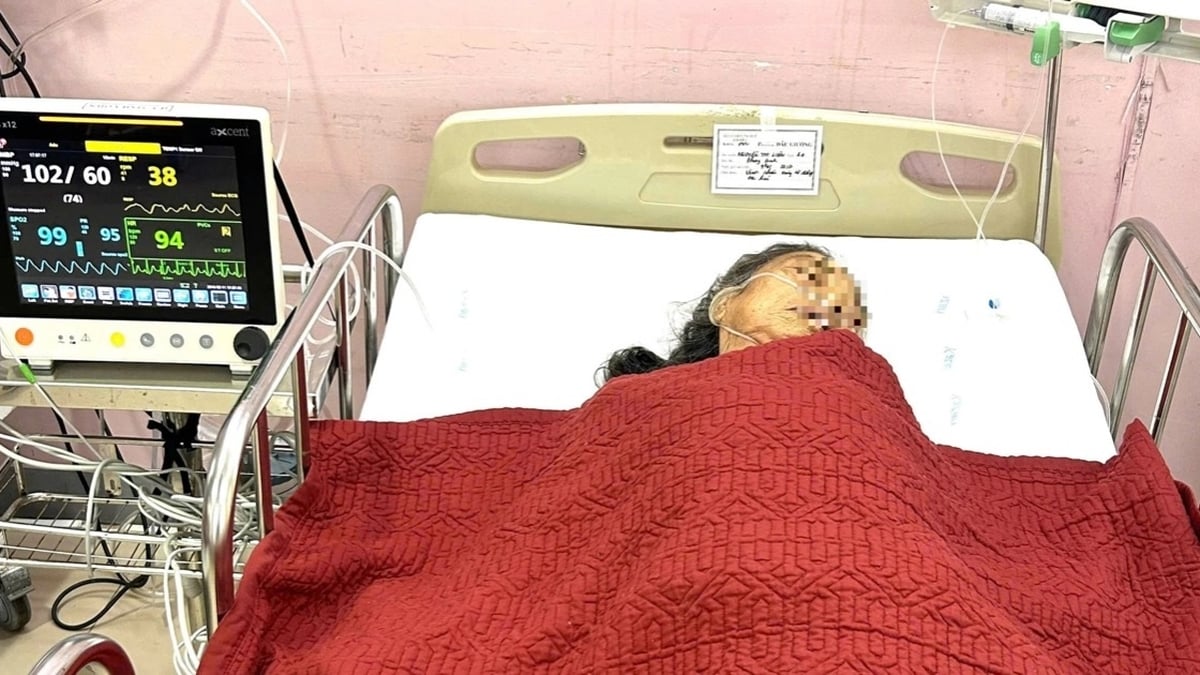











![[Photo] National Assembly Chairman Tran Thanh Man visits Vietnamese Heroic Mother Ta Thi Tran](https://vphoto.vietnam.vn/thumb/1200x675/vietnam/resource/IMAGE/2025/7/20/765c0bd057dd44ad83ab89fe0255b783)










































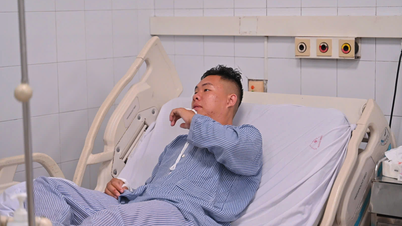
































Comment (0)